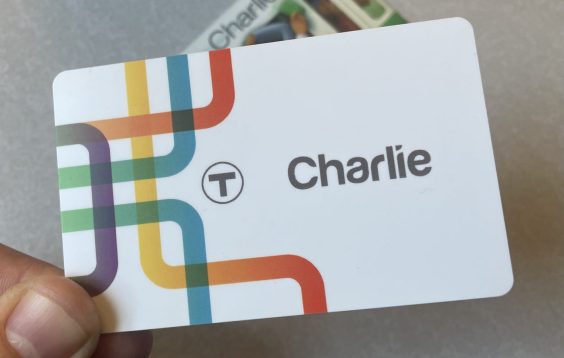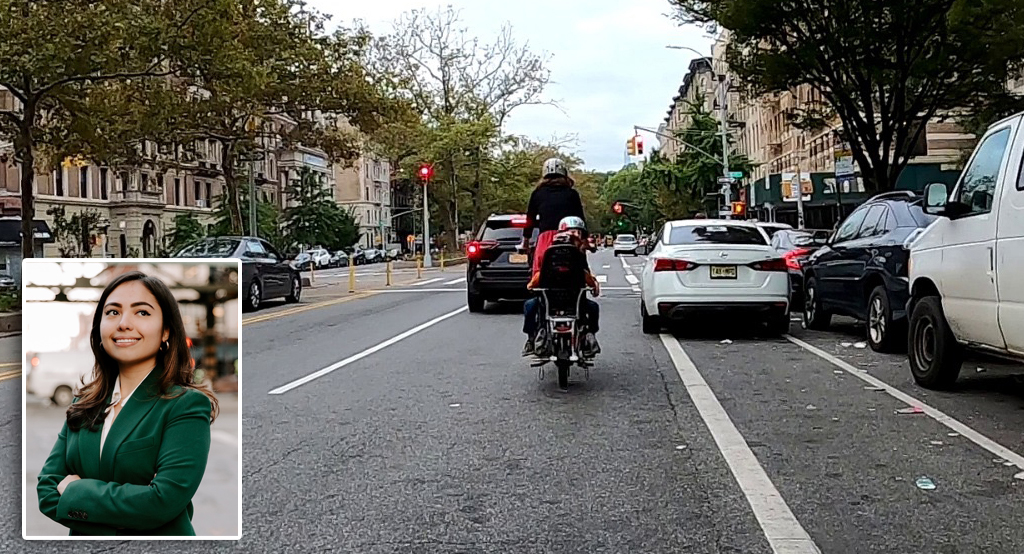Albany needs to get it right on red.
Activists and local pols are pushing the state legislature to not only reauthorize the city's tiny red-light camera program, but also expand it from the current cap of 150 intersections to 1,325.
If the legislature fails before the end of this legislative session — by passing the Assembly and Senate bills A5259 and S2812, the red light cameras will go dark on Dec. 1.
"Frankly, we should have red-light cameras on every intersection in the city, as far as I'm concerned," said Assembly Member Jeffrey Dinowitz (D-Bronx), the lower house sponsor.
Anticipating opponents' complaint that enforcement cameras are just a "revenue grab" by the city, Dinowitz quickly added that cameras don't punish anyone ... except the reckless.
"Look, I don't want to get a ticket anymore than anybody else does," he said. "But it's really very straightforward: If you don't run a red light, the cameras doesn't cost you a penny. I've never understood the logic of the people who moan and groan that it's a revenue raiser. Don't run the red light."
Lots and lots of people are: Last year, the existing 150 red-light cameras cranked out more than 704,280 tickets, or roughly 1,930 per day. But don't be deceived by those numbers; according to DOT, the average number of red-light violations issued at camera locations has declined by more 77 percent since the program began in 1994.
Many New Yorkers aren't even aware that automated enforcement cameras for red-light runners are capped. When she filled out a DOT form to request a red light camera on her block, Brooklynite Amy Bettys was stunned to get back a form letter that was the epistolary equivalent of a shrug emoji.
"The Department of Transportation’s Automated Enforcement Unit has installed Red-Light Cameras at 150 intersections throughout the city. This is the maximum number allowed by New York State legislation," the letter from the "correspondence unit" said. "The department however, is continuing to advocate for the ability to install more red light cameras at intersections throughout the city." (We asked DOT to provide details of its advocacy late last year, but the agency would not offer specifics. Subsequently, it posted a press release that also did not explain what it meant by "advocacy.")
The letter added that the agency is compiling the requests into a map of locations for future cameras "if the state legislature approves an increase in the number."
The letter only made Bettys angry.
“At first I was excited at having a chance to make my neighborhood more safe," she said of her dangerous area along Flatbush Avenue southeast of Prospect Park, where crossing a street with a newborn is a life-threatening event. "But the letter back from the bureaucracy was like a slap in the face because it all felt so patronizing.”
Bettys was quick to tout the neighborhood's constant danger. On just the one-mile stretch of Flatbush between Empire Boulevard and Church Avenue — an area known for double-parking and reckless driving — there were 117 reported crashes last year, injuring 79 people, according to city stats.
And across the city, there were 96,082 reported crashes — more than 260 per day — that injured 51,629 people.
"This is not a safe city," Bettys added. "Red-light cameras are low-hanging fruit for improving New Yorkers' lives every day."
Dinowitz's Senate co-sponsor Andrew Gounardes (D-Bay Ridge) believes the bill will pass this year after failing to even get out of committee last year.
"Just as with the reauthorization of speed cameras, the wisdom in Albany is that the debate is ripe when a program comes up for renewal," he said. "I expect we will be able to not only review, but also expand the scale of the red-light camera program."
That said, he and others were optimistic last year that the legislature would take up numerous street safety efforts — including the so-called "Sammy's Law" that would allow New York City to set its own speed limits — but virtually nothing passed.
Once again, activists were forced to tromp up to frigid Albany this week to lobby legislators to pass a slate of bills that should have passed last year, including the red-light bill. In the give-and-take of Albany, there's a chance the small red-light camera program could be overlooked; it's not, for example, a prime part of Transportation Alternatives' "SAFE Streets Package" of six bills. The advocacy group ranked the Dinowitz/Gounardes effort as a bill that is merely "supported" rather than a "priority."
Dinowitz called it "a really big disappointment" that Sammy's Law did not pass, but said he believes his colleagues will see the issue of speed limits differently than automated enforcement
"Yes, a lot of people would be mad at me for this bill, but I also think that most people would be happy, especially given the chaos on the streets these days and there is chaos," he said. "And there is not enough enforcement because it's impossible to enforce everything. That's the beauty of this. I'm willing to put up with any abuse because I know that somewhere out there, somebody's life would be saved. think that's what our job is. I'm willing to put my name out there doing that."
Some opponents claim that rear-end crashes are common because drivers allegedly slam on the brakes when they see a camera, but that's not accurate. According to the DOT, read end crashes declined 61 percent from 1993 to 2020.






